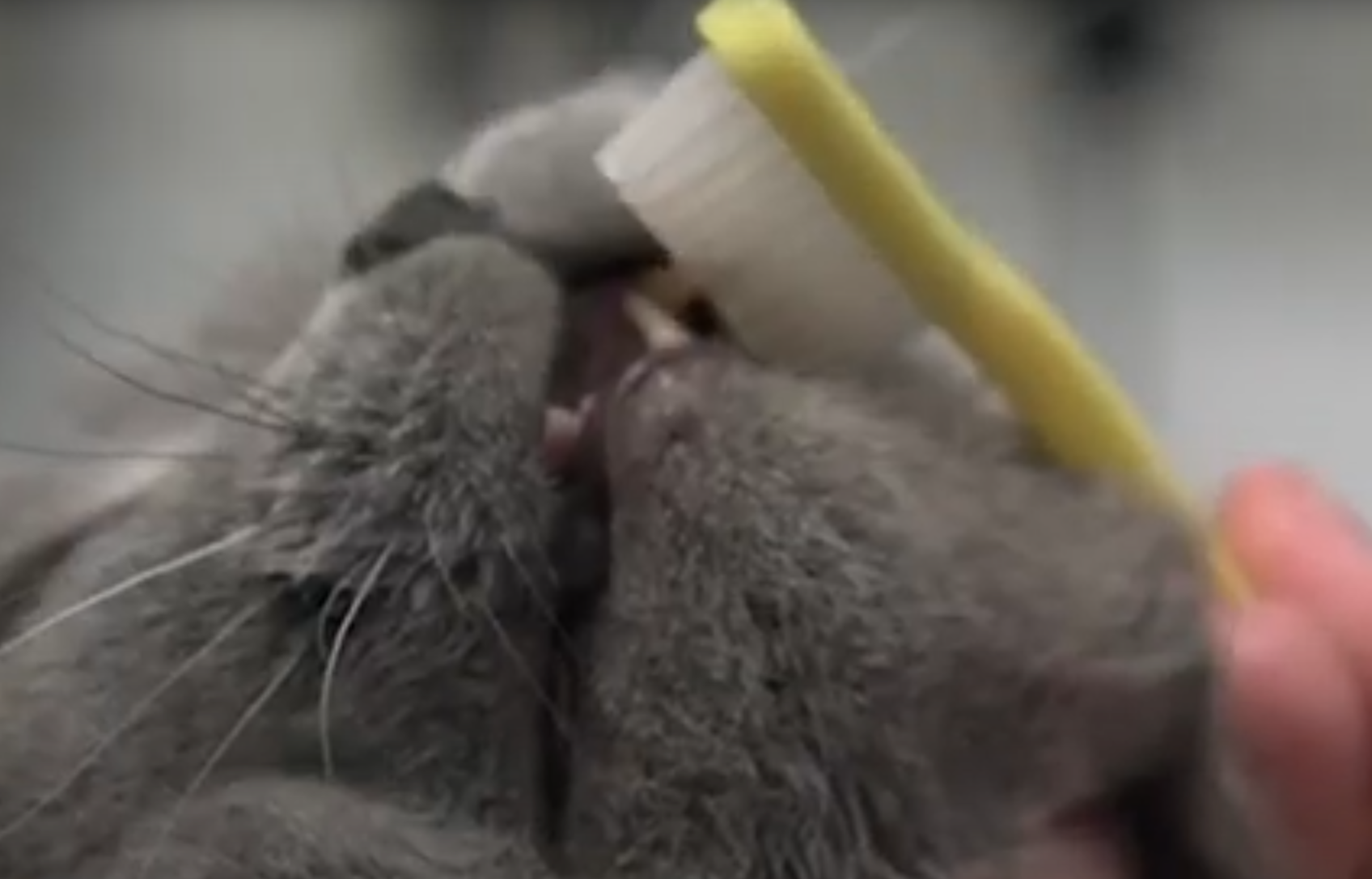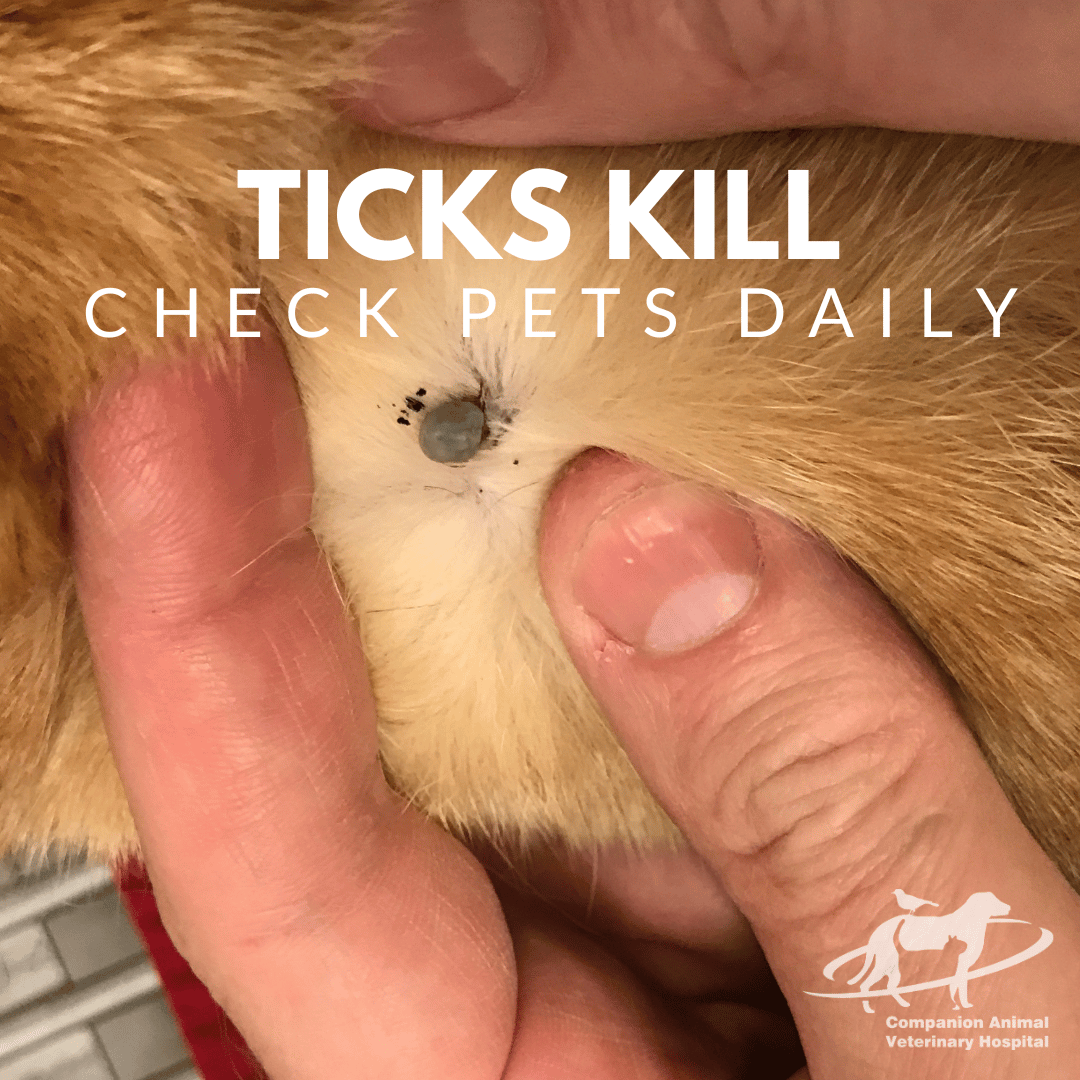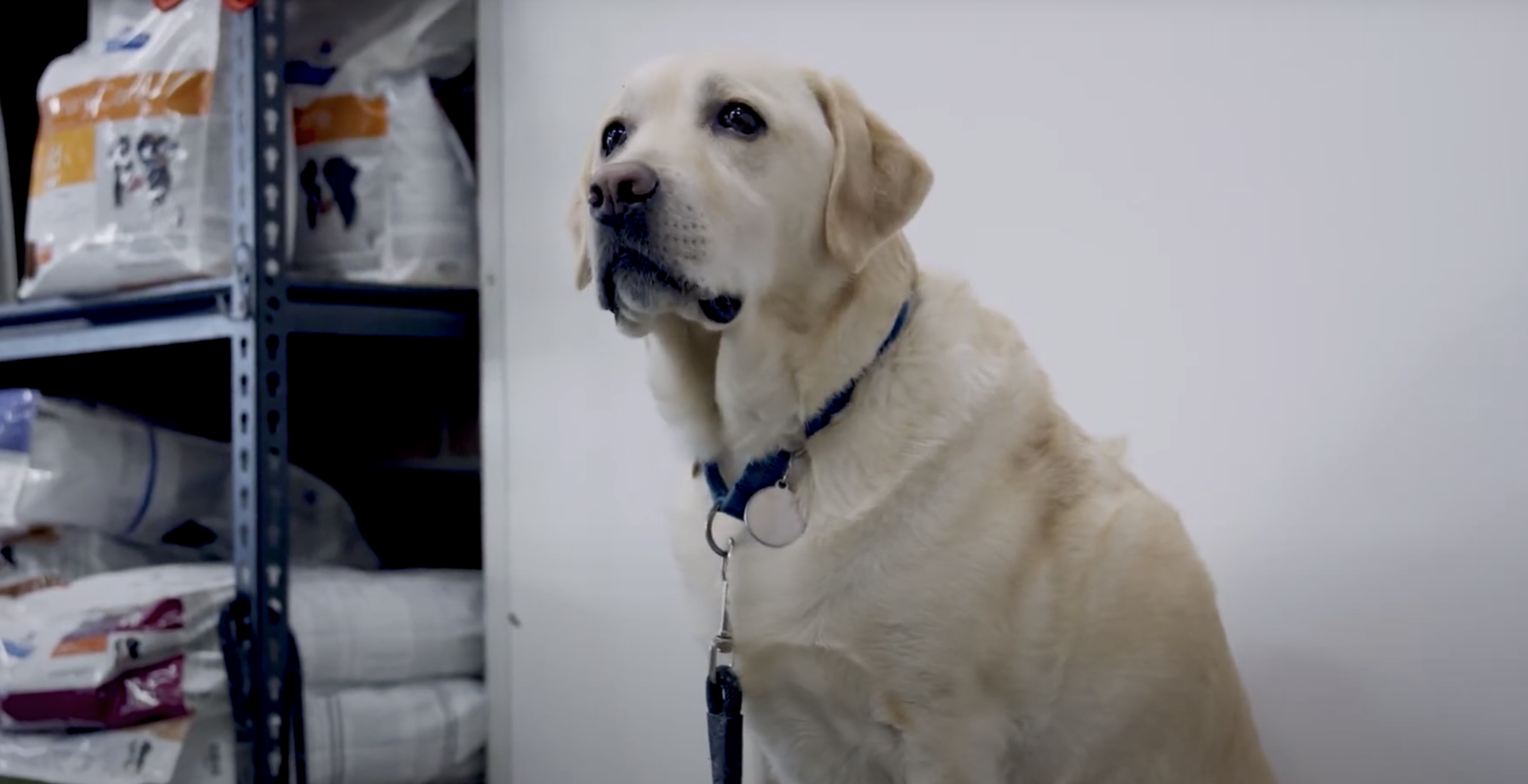Hello, fellow cat lovers! It’s Matt Young from Companion Animal Vet Hospital, here to talk about a crucial aspect of your cat’s health – dental care. By the age of three, about 70% of cats develop periodontal disease, a condition involving bacteria, plaque, and infection in the gums. But fear not! With the right approach, you can keep your cat’s teeth healthy and prevent these issues.
The Importance of Brushing
Ideally, we should brush our cat’s teeth daily to prevent periodontal disease. However, we all know that cats have their own personalities, and not all of them will tolerate brushing. The key is to work with your cat’s character and find a method that suits both of you.
Training Your Cat for Toothbrushing
- Start Young: It’s easier to train kittens, but older cats can learn too. They just might need more patience.
- Familiarization: Gradually get your cat used to having your hands near their mouth. Use rewards like treats or affection to create positive associations.
- Progressive Touch: Slowly move your hand towards the cat’s mouth during petting sessions, eventually lifting the lip to expose the teeth.
- Elevated Position: Brush their teeth on a raised surface. Cats feel more in control when they can see their surroundings.
- Slow Introduction: Introduce the toothbrush and toothpaste gradually. Don’t rush the process; it should be a positive experience for your cat.
Alternatives to Brushing
If brushing isn’t an option, there are other ways to maintain your cat’s dental health:
- Hill’s t/d Food: This special dental diet has larger biscuits with fibers that help clean the teeth as your cat chews.
- Cat Greenies: These hard treats are shaped like fish and can help remove plaque. They’re also great as a training reward.
In Summary
Caring for your cat’s teeth is about finding a balance and choosing a method that works for both of you. Whether it’s brushing, special diets, or dental treats, the goal is to keep those pearly whites healthy.






